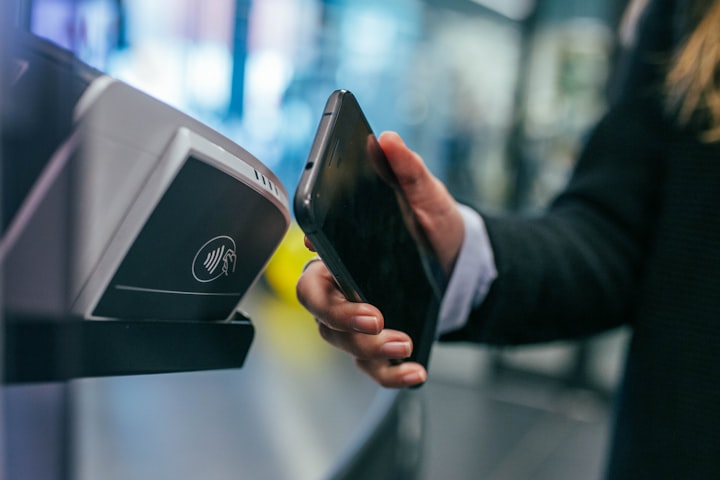The Growth of Contactless Payments
How contactless payment technology is transforming the world

Contactless payments are on the rise, and they don't require any physical interaction.
COVID-19 has had a profound effect on the world in ways that we are only beginning to comprehend. While things are beginning to return to normal, the definition of normal is changing. As consumers, we've begun to notice a shift in the way we pay for goods and services. New digital payment systems are now coming, and this could change a lot of things for us.
Governments have imposed social distancing policies that favor digital payments and mobile wallets over plastic payment cards. This is a huge step that has changed consumer behavior drastically.
Contactless technology eliminates health concerns
The use of contactless technology at the checkout while completing in-store purchases is becoming increasingly popular among customers owing to health and safety concerns. Maximum spending restrictions have been lifted in several countries, allowing users to purchase higher-value products without having to give PIN authentication.
Customers who pay with a smartphone or wearable payment device can authorize transactions that exceed security constraints directly from their eWallet app, rather than through the merchant's keypad. This is a convenient feature for users in this pandemic.
In addition, customers are voluntarily using their smartphones to make payments rather than entering their PIN on the merchant's keypad. Ultimately, shopping becomes a secure activity in these uncertain times.

Another type of payment that might see an increase in popularity is voice payments. Instead of using a smartphone to make a purchase, NFC-enabled wearables may be used to complete the transaction without having to touch either the POS terminal or the wearable device.
How safe is it?
While all of this may seem well and good, there are security concerns among consumers that need to be addressed. Let us understand how the issue of security is dealt with when making contactless payments.
In order to defend against fraud, all of these contactless payment methods will need to demonstrate that they are safe and trustworthy. Additionally, they will need to provide the speed and convenience that modern clients have learned to expect.
With the implementation of the right technology, merchants and banks can easily safeguard consumers from fraud while creating a safe and happy shopping experience for them. Service providers like Core Payment Solutions and Pay Core cater to the needs of merchants and retail businesses in this regard.
There are various ways of making contactless payments safe.
Two of the most common ways to protect consumers while making contactless payments are tokenization and biometric security.
Biometric security is the more popular of the two.
Biometrics refers to the process of identifying an individual based on their physical or behavioral characteristics. Biometric fingerprint and face ID technology is now a common feature on many smartphones and is used to validate transactions in most mobile apps. It creates a completely frictionless experience and makes the user feel safe during transactions.
Customer experience is one of the most important differentiators when it comes to payment method innovation, and frictionless payment systems capitalize on this reality. Amazon is the pioneer of contactless transactions. With its flagship contactless retail store, Amazon Go, it brings convenience to buyers and retailers. In the current pandemic, it is extremely beneficial. Considering this factor, other companies are likely to introduce similar experiences for their customers.
Conclusion
It remains to be seen whether or not customers would adopt the contactless payment option in the long term. Despite the fact that many individuals are currently experimenting with digital payment methods, it is certain that many of them will continue to do so after the crisis is over. Businesses, on the other hand, have to adapt to these changes faster. Failing to do so might make them obsolete.





Comments
There are no comments for this story
Be the first to respond and start the conversation.